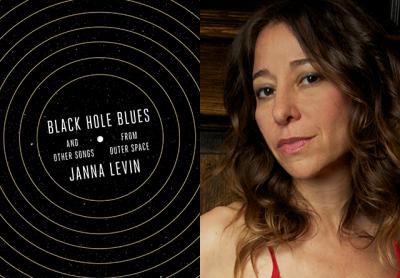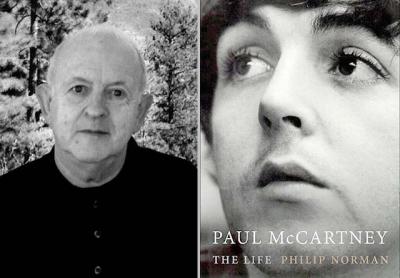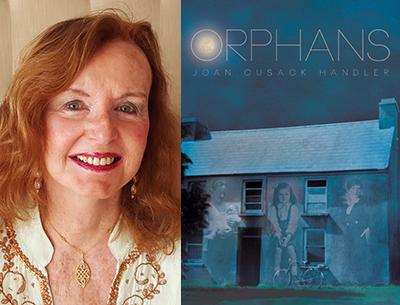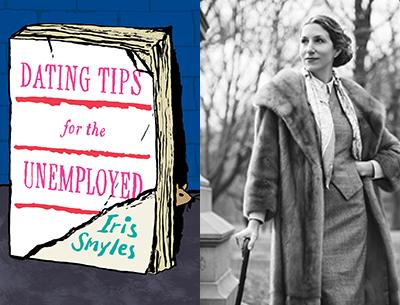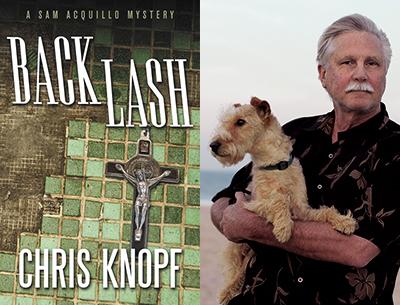Gabler Begins It in Gansett
Gabler Begins It in Gansett
Neal Gabler, the author of hefty books on the founding of Hollywood and the history of gossip, has turned his culture critic’s sights on none other than Barbra Streisand for his new one. The book is subtitled “Redefining Beauty, Femininity, and Power,” and he’ll discuss it on July 9 at 6 p.m. to lead off the Amagansett Library’s free summer reading series, Authors After Hours. The host of “Reel 13” on WNET, Mr. Gabler also teaches at Stony Brook University.
(And if you’re inclined to pepper him about his wave-making cover story in the May issue of The Atlantic, “The Secret Shame of Middle-Class Americans,” go right ahead.)
On July 16 the series will continue with Bill Dedman and Pam Belluck, who are married and both Pulitzer Prize-winning journalists, as they explore the differences between journalism and biography. Ms. Belluck is a health and science writer for The New York Times and the author of “Island Practice,” about a doctor on Nantucket. Mr. Dedman is the author of “Empty Mansions: The Mysterious Life of Huguette Clark and the Spending of a Great American Fortune.”
Liam Sullivan, who lives in Amagansett, will step to the lectern on July 23 with “Making the Scene: Nashville — How to Live, Network, and Succeed in Music City.” He’ll play samples of the music of Nashville, too.
July 30 at 6 p.m. brings Lydia Millet, who will read from her new psychological thriller, “Sweet Lamb of Heaven.”
In the lineup for August is Jules Feiffer on the 6th with “Cousin Joseph,” a prequel to his recent noir graphic novel, “Kill My Mother,” and Brent D. Glass of the Smithsonian’s National Museum of American History on the 20th. His books include, most recently, “50 Great American Places: Essential Historic Sites Across the U.S.” The novelist Louis Begley rounds out the series on the 27th with his new thriller, “Kill and Be Killed.”

